Paris is the heart of France and a popular destination for tourists from all over the world. At the same time, the city struggles with noise and exhaust fumes due to its high traffic density. The parcel delivery company DHL Express has decided to take a stand against this, and is now using the electric MAN eTGE van to transport parcels and packages in the 9th arrondissement. On the road with courier Mamadou Koné.
When Mamadou Koné is on tour in central Paris, speed is of the essence. He delivers around 65 parcels and packages every morning and often does a second shift in the afternoon. On his route, he stops at people’s homes, offices, restaurants, and stores. Every now and then there is time for a quick chat — Koné knows his customers, and his customers know and appreciate him. Things have been much easier for him since he started driving an all-electric MAN eTGE van. “I no longer have to constantly start and stop the engine, because electric vehicles don’t idle like diesel delivery vans,” says the 27-year-old. “That makes my job very pleasant.”
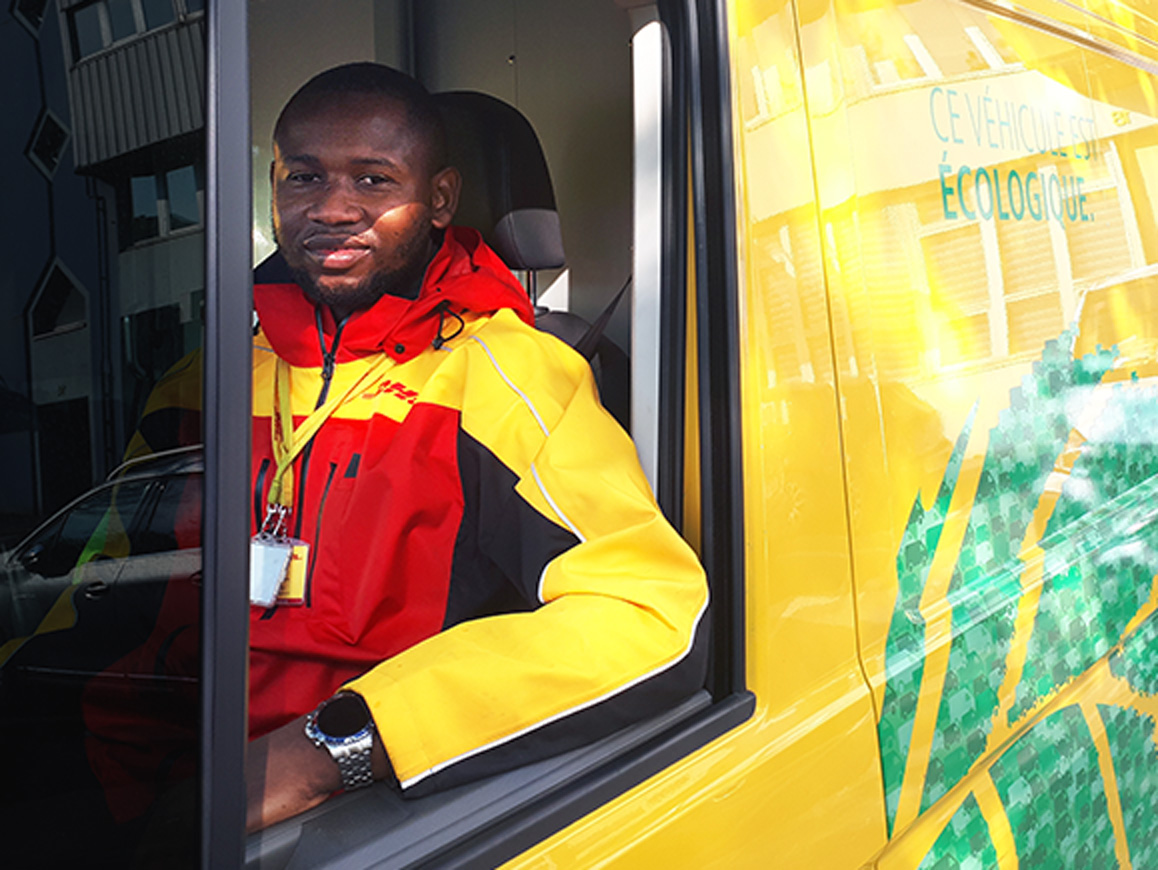
DHL Express courier Mamadou Koné behind the wheel of the electric MAN eTGE van.
“I no longer have to constantly start and stop the engine, because electric vehicles don’t idle like diesel delivery vans. That makes my job very pleasant.”Mamadou Koné
DHL Express courier
Mamadou Koné has been working for DHL Express for more than two years. His delivery district is in Paris’s 9th arrondissement — a part of the city center famous for its bustling boulevards and department stores. Koné’s route takes him past the old Palais Garnier opera house and ornate building façades dating back to the 19th century. He also passes La Madeleine every day — the church that looks like an ancient temple.
Clean delivery in the city center
Driving a delivery vehicle in the center of Paris is no easy task. Again and again, Mamadou Koné has to stop because passersby suddenly step into the road or other vehicles pull out in front of him. His work rhythm is marked by constant braking and accelerating, more than six hours a day. With a combustion engine, this would make a lot of noise, use a lot of fuel, and produce a lot of exhaust fumes and CO2 emissions — in contrast to MAN’s electric van, which allows packages and parcels to be delivered with zero emissions. “It’s an ideal van for use in the city,” says Koné, and adds that it is great fun to drive.
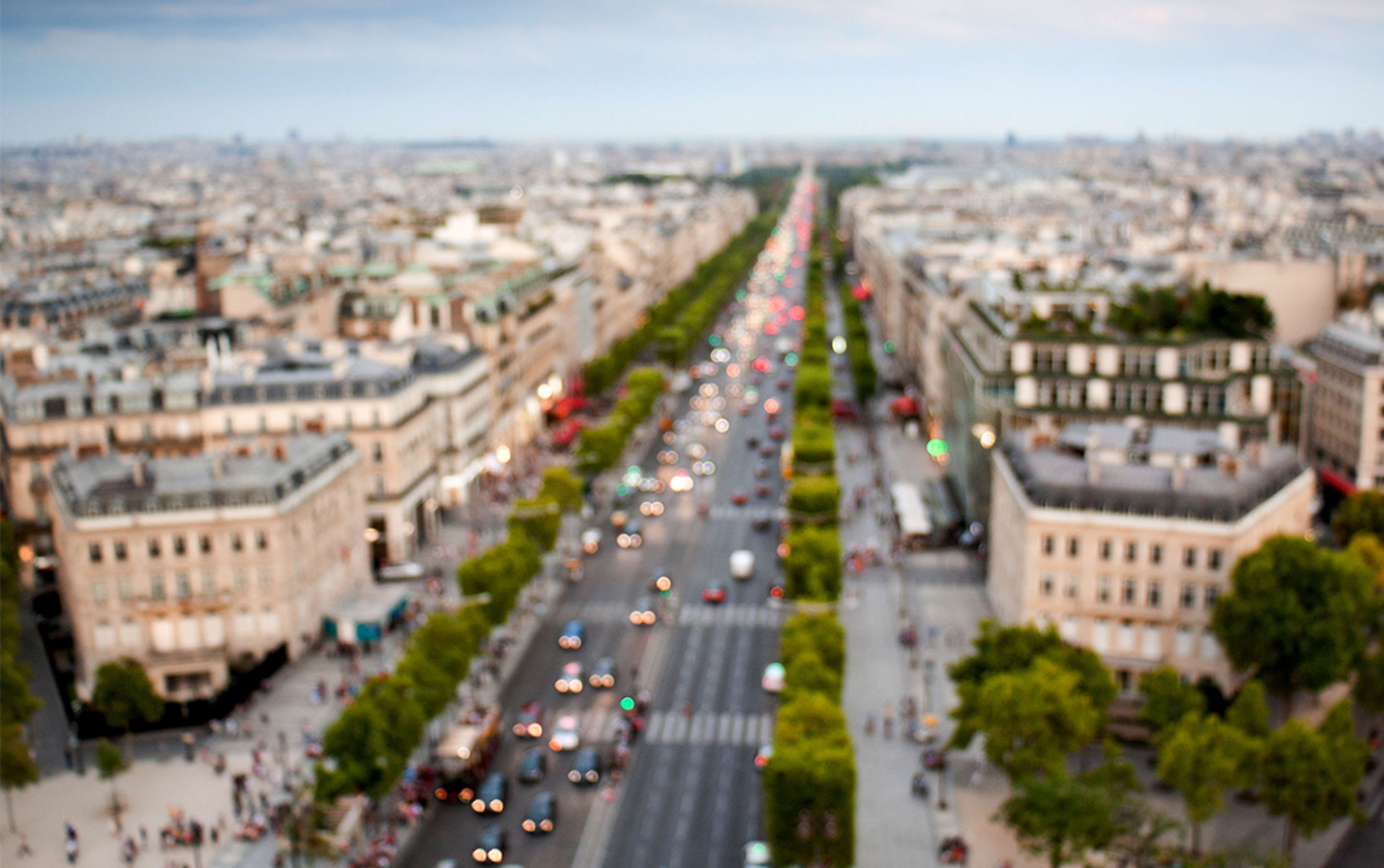
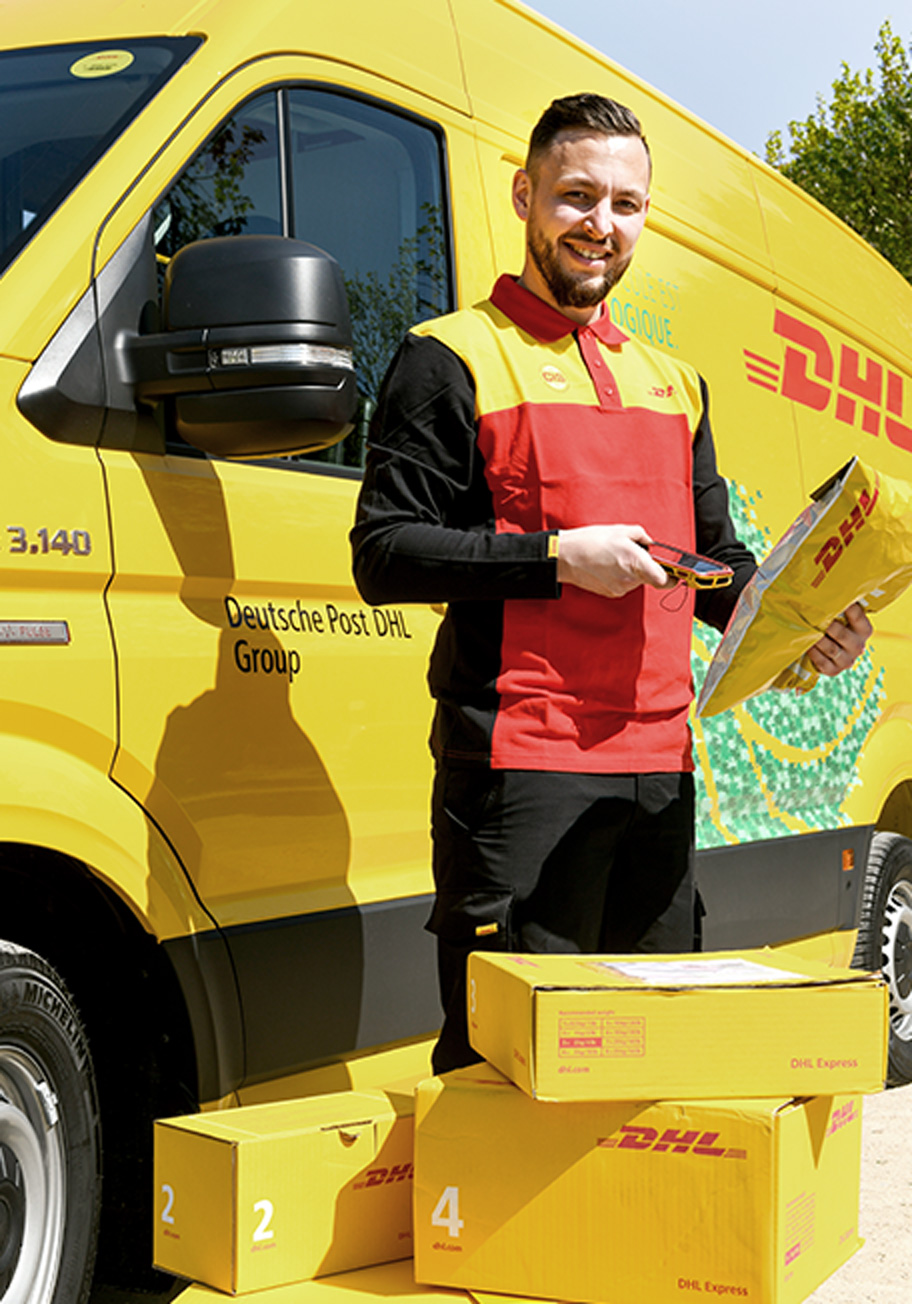
With the deployment of the electric MAN eTGE, DHL Express is setting an example for climate-neutral urban delivery in Paris.
With its noiseless, electrically powered fleet, DHL is doing its part in Paris to help transform the transportation sector — an important milestone on the road to climate neutrality and greater efficiency. “We’re always looking for new solutions to reduce our environmental footprint,” says Laurent Zerafa, fleet manager at DHL Express in France. The company has doubled its green fleet to 100 vehicles in the space of two years. Each working day, DHL sends the electric MAN eTGE on tour in the heavy traffic of the 9th arrondissement. And the logistics company’s electric fleet is growing all the time — in Paris, France, and around the world.
Deutsche Post DHL Group has set itself an ambitious goal: 70 percent of its journeys to pick up and drop off mail items are to be zero-emission by 2025. And by 2050, the world’s leading logistics group aims to operate on a completely carbon-neutral basis. To achieve these goals, DHL is partnering with MAN. “We’re cooperating on a number of projects,” says Paul de Saxcé, Sales Director for Vans at MAN Truck & Bus France. “In the past,” he notes, “both sides were concerned with making efficient use of internal combustion engines. Today, our cooperation continues in the field of electric mobility.”
70%of all journeys made by DHL to pick up and drop off mail items are to be zero-emission by 2025.

Paul de Saxcé, Sales Director for Vans at MAN Truck & Bus France, is also promoting collaboration with DHL in the field of electric mobility.
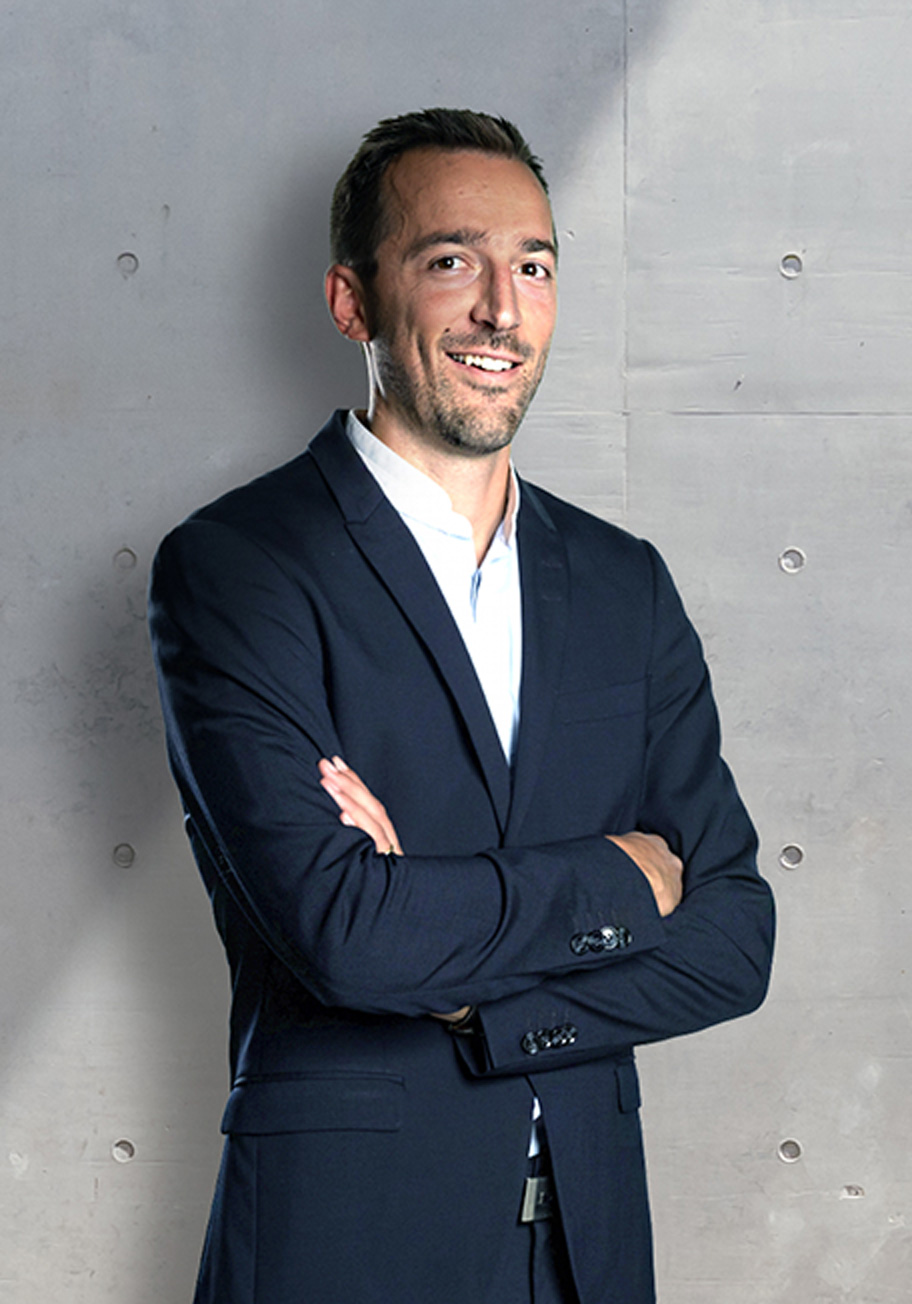
“We’re cooperating on a number of projects with DHL. Today, our cooperation continues in the field of electric mobility.”Paul de Saxcé
Sales Director for Vans at MAN Truck & Bus France
Fully charged in just three hours
In densely populated cities with high traffic volumes, the MAN eTGE really comes into its own. This is evident on Mamadou Koné’s journeys, too. He is on the road for hours, even though he only drives 14 kilometers per shift. When he has delivered all his parcels, he returns the van to the DHL branch at Porte d’Aubervilliers in the north of the Périphérique ring road, about four kilometers from his delivery district.
There, he can plug the vehicle into a quick-charge station — although this is not necessary every day. “A full battery usually lasts me more than a week,” he says. Naturally, his power consumption also depends on external factors such as air temperature, topography, and driving style. “As a rule, I plug in the van on Friday at the latest.” There is a growing number of public charging stations in Paris that Koné could theoretically use to recharge the battery, but he doesn’t need them, because the quick-charge stations at his DHL site take just three hours to return an empty battery to full power.
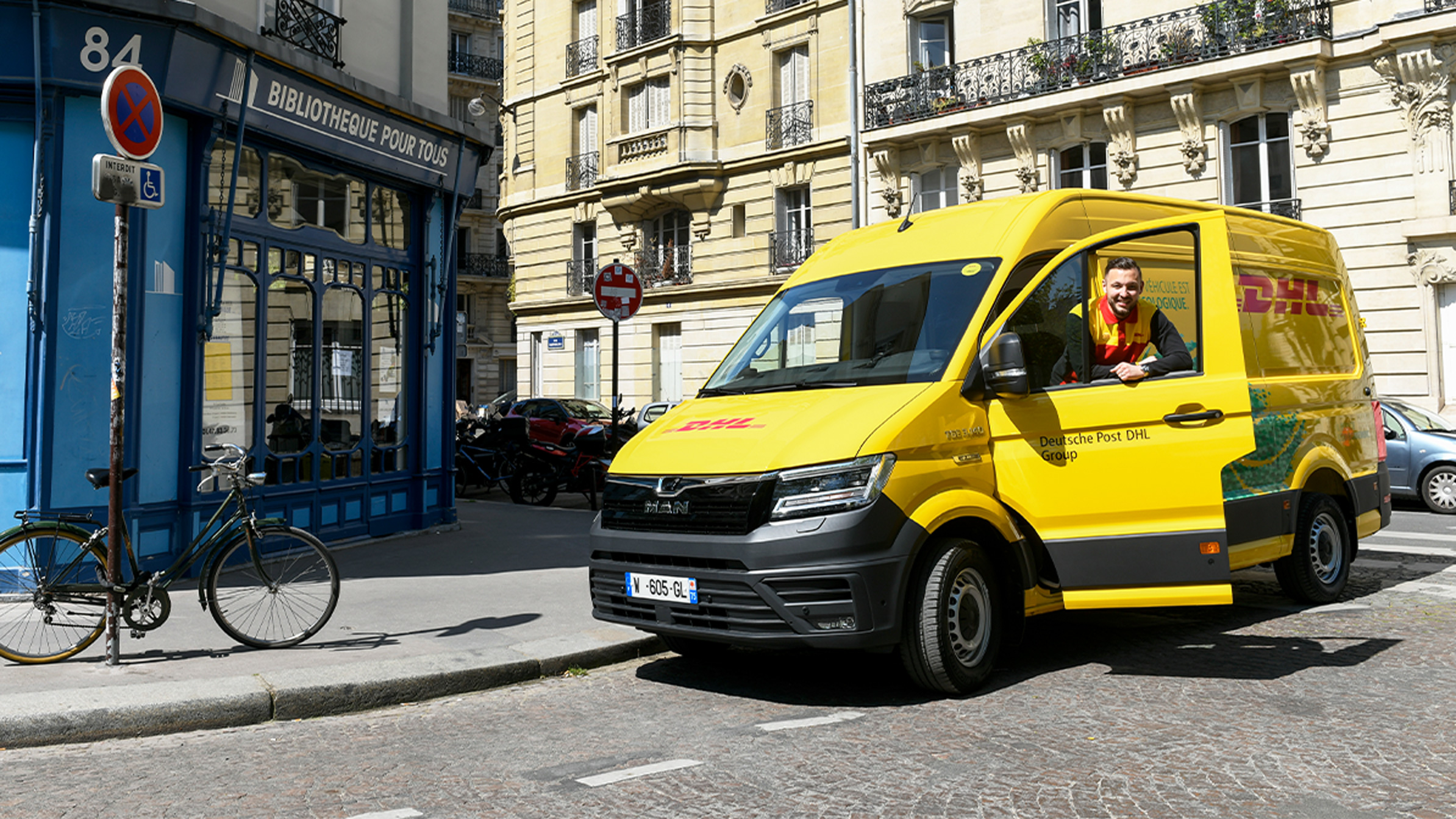
In Paris’s 9th arrondissement, DHL Express is using the electric MAN eTGE to deliver parcels and packages with zero emissions.
But the MAN eTGE doesn’t just run on electricity from the socket. Its battery also stores the kinetic energy generated by braking and rolling during the drive, which is then converted into electricity by a generator. Thanks to this recuperation, as it is called, the range of the vehicle can be increased: in city traffic, it can cover a realistic distance of between 120 and 140 kilometers.
Assistants in the electric van
When Mamadou Koné talks about his MAN eTGE, his enthusiasm for the vehicle is tangible. The driver’s seat is extremely comfortable, supports the body in all the right places, and is easy on the back. He also uses the reversing assistant regularly: the eight-inch display in the cockpit shows a clear view of the image from the rear-facing camera. “The safety systems are a great help,” says Koné. These include the emergency brake assist, which prevents rear-end collisions.
Meanwhile, Koné’s workday is drawing to a close and he returns to the branch. The charge level of his battery is still high enough to last for several more trips. “I’ll charge the eTGE today anyway,” he says as he connects the vehicle to a free charging point. “But for now, I’m going to call it a day.”
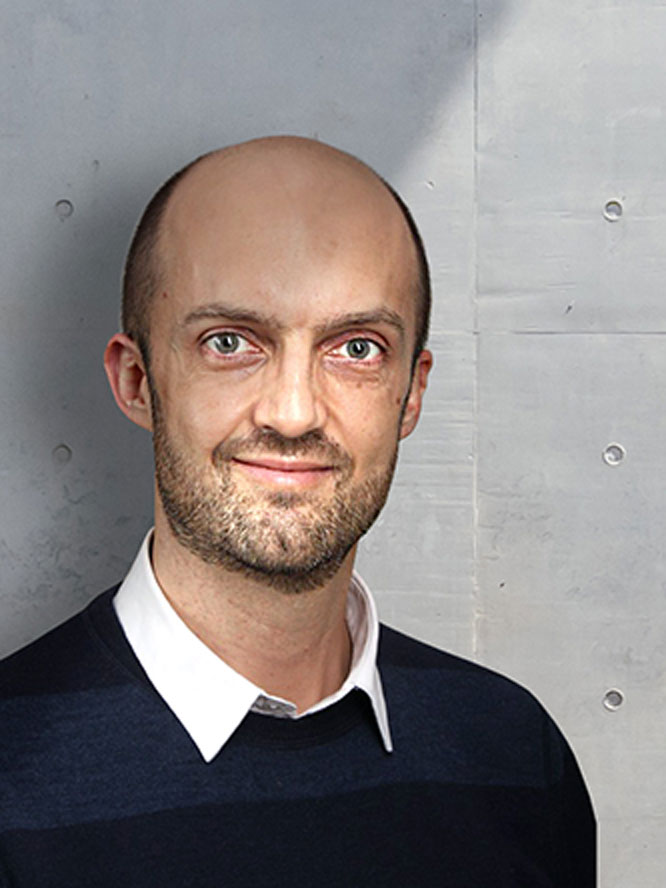
Five questions for …
Laurent Zerafa, Fleet Manager at DHL Express France
Mr. Zerafa, DHL Express France is currently building up a fleet of electric delivery vehicles in Paris. Can you briefly explain your motivation for this?
Electric delivery vehicles play a key role in helping us achieve our sustainability targets. The DPDHL Group wants to be completely climate-neutral by 2050. So, we are starting in the cities and converting our fleets to climate-friendly electric vehicles step by step.
What are the advantages of using electric delivery vehicles in Paris?
We have three reasons for using electric vans like the MAN eTGE in Paris: first, they’re climate-friendly vehicles. Second, they’re optimal for use in urban short-haul traffic. And third, more and more cities are planning bans on diesel vehicles — Lyon, for instance, in addition to Paris.
How do the MAN eTGE vans perform at the moment in daily delivery operations?
Since we started using it two years ago, the MAN eTGE has really proven its worth. It’s more reliable and less maintenance-intensive than comparable diesel models. Our couriers especially like its assistance systems, driving comfort, and the powerful acceleration of the engine, which is really quiet.
How do you organize battery charging?
Since we make all our customer deliveries between 9 a.m. and 6 p.m., we can charge our vehicle batteries at night. That takes about five hours. But if we need to, we can charge them more quickly as well: our 29 charging stations at our three Paris facilities can fully charge an MAN eTGE with up to eleven kilowatts in just three hours.
What do your customers and the people of Paris think about the use of these electric vans?
Our customers in Paris are glad that deliveries with an MAN eTGE are now even more efficient and climate-friendlier. And we like the vans, too. That’s why we’ve been using them in Lyon as well since February.
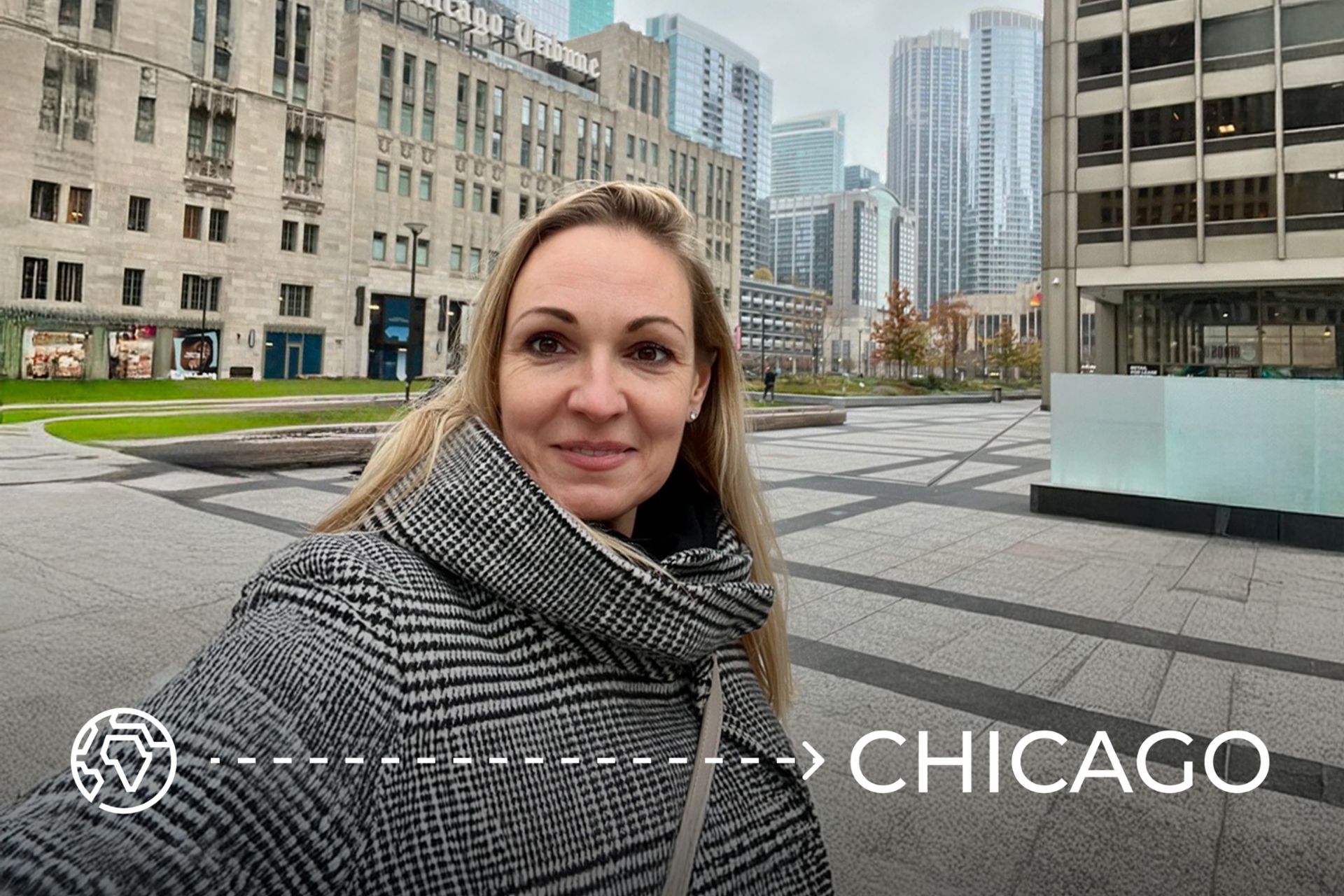


.jpg/jcr:content/Teaser-Grafik-Tiva-Sharifi-3840x2560-V1-(1).jpg
)
.jpg/jcr:content/Teaser-Grafik-Mansoureh-3840x2560-V1-(1).jpg
)


